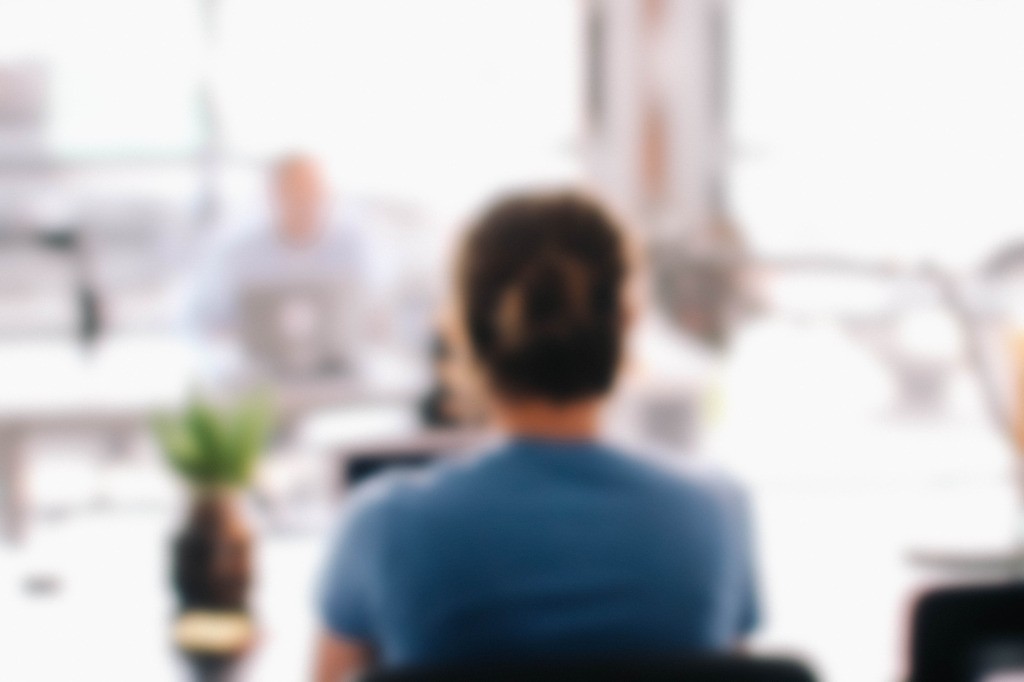While it isn’t advisable to put things off to the last minute, there are some instances where you have to cram for a presentation. Sometimes you’re given limited time to prepare. Maybe your host suddenly asked you to give a brief speech on a related topic. Or maybe you lost track of your schedule and forgot about an upcoming event.
In such cases, you have to manage your preparation wisely. You shouldn’t let your audience know that you had less time to plan. It’s still possible to pull together a comprehensive, engaging, and meaningful presentation in just a few hours.
Learn How to Improvise
Writing down notes is an effective way to organize your thoughts. But even with notes written down, don’t be afraid to forget about your script. Or rather, don’t stick to it word for word.
A common misconception about presentation drafts is that they can save you when you come in ill-prepared. It’s similar to the idea that your slides will provide a safety net for when your speech gets boring. In truth, neither your script nor your PowerPoint should act as a replacement for you. If you don’t have enough time to rehearse, it’s okay to improvise.
Being too absorbed with a memorized script or worse, blatantly reading from your slides and notes, only makes you seem stiff and uninteresting. This also restrains your use of body language, which is an important tool in connecting with your listeners. Pairing up your speech with eye contact and hand gestures is necessary for creating a lasting impression.
People feel more relaxed in front of a speaker who uses the conversational tone, rather than one who is monotonous.
Avoid Rambling
However, don’t go to the other extreme. Rambling is just as bad as losing yourself in a script. You misplace your core message and confuse your audience in the process. Going off on a tangent for too long can also give away your nervousness. Put yourself at ease to assure your listeners that you know what you’re doing.
No one wants to listen to someone who appears clueless about the content of their presentation. As much as possible, keep your points related to what you originally wanted to say. It’s best to keep the gist of your speech in mind and improvise every now and then.
Last-minute Rituals
When you’re finally on the final countdown to your presentation, it’s good to calm your nerves down. This keeps you from being fixated on your script and rambling too much while speaking. Coming up on stage to present for something you had less time to prepare for can be a major cause for anxiety. But you shouldn’t let it get to you.
According to public speaking coach and Well Said, Inc. president, Darlene Price, there are a few small things you can do to relieve this anxiety 15 minutes before your time. In its feature of Price’s book, Well Said! Presentations and Conversations That Get Results, Business Insider gives a run-down of pre-presentation rituals like going to the restroom and focusing on positive thoughts. You can also check out your venue and interact with your audience before you speak.
Getting to know the environment and the people you are presenting to will let you see things in perspective. Situations appear more daunting when you let them mess with your head.
Conclusion
Contrary to what you might think, an audience can’t see through you as you speak. If a presentation is coherent and well-executed, people will appreciate it despite the time constraint. Stay calm and avoid using your notes or your PowerPoint as a crutch if you lack preparation.
At the same time, don’t distract your audience by rambling through your entire presentation. Substance is just as important as delivery. Although you can create a presentation under pressure, it’s always good to allot enough time for proper planning. Even for veteran presenters, procrastination and cramming can lead to disastrous results.
Having trouble organizing a last-minute presentation? Consult with our PowerPoint experts today and get a free quote!
References
Smith, Jacquelyn. “10 Things You Should Do In The 15 Minutes Before A Big Presentation.” Business Insider. May 2, 2014. Accessed October 8, 2015. www.businessinsider.com/what-to-do-15-minutes-before-presentation-2014-5
Featured Image: “Self portrait – Ticking away” by MattysFlicks on flickr.com




 Great presenters know the importance of first impressions. While you should certainly work hard to prepare a well-crafted presentation, you also need to consider how the audience might perceive you. As we’ve mentioned in a
Great presenters know the importance of first impressions. While you should certainly work hard to prepare a well-crafted presentation, you also need to consider how the audience might perceive you. As we’ve mentioned in a 





